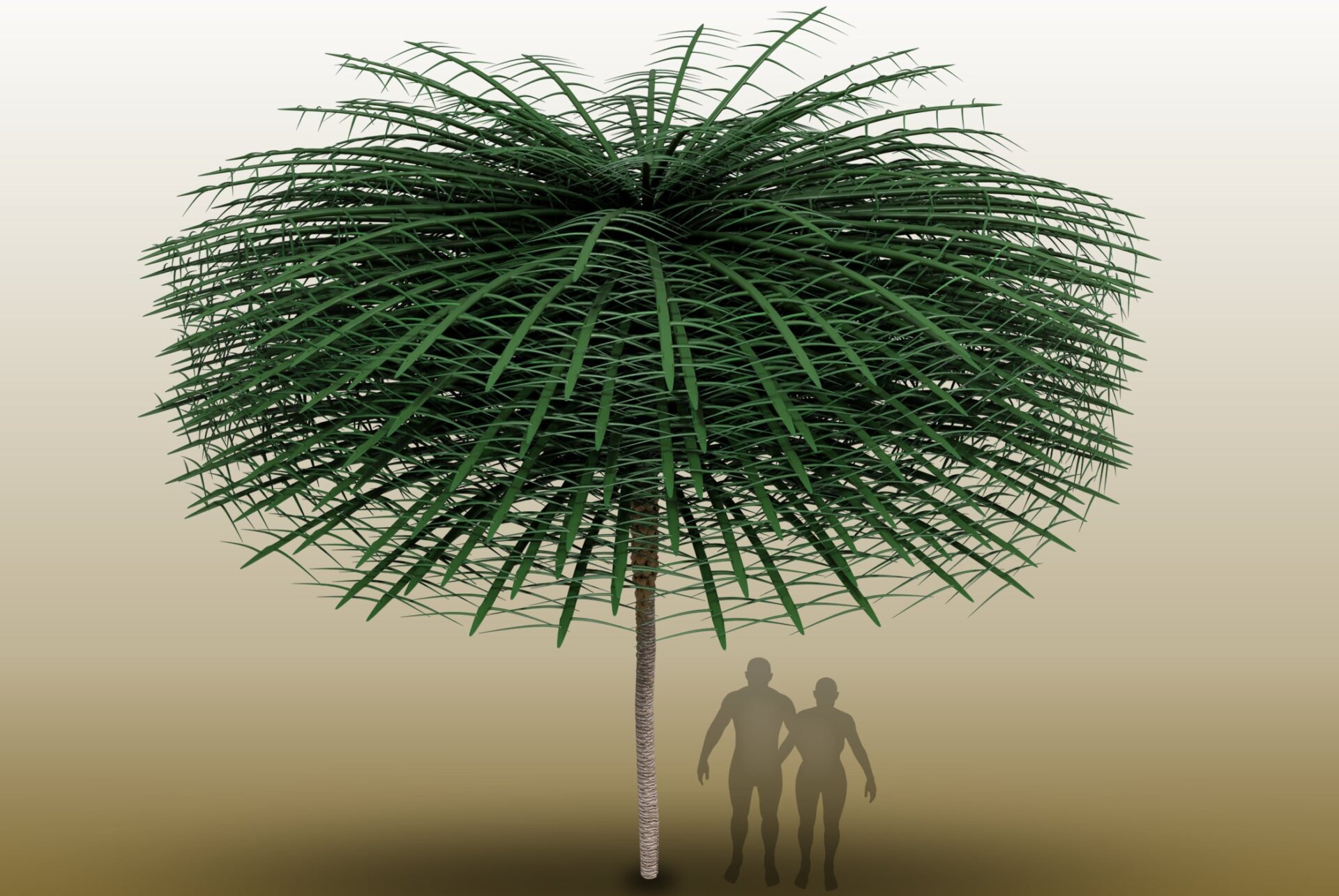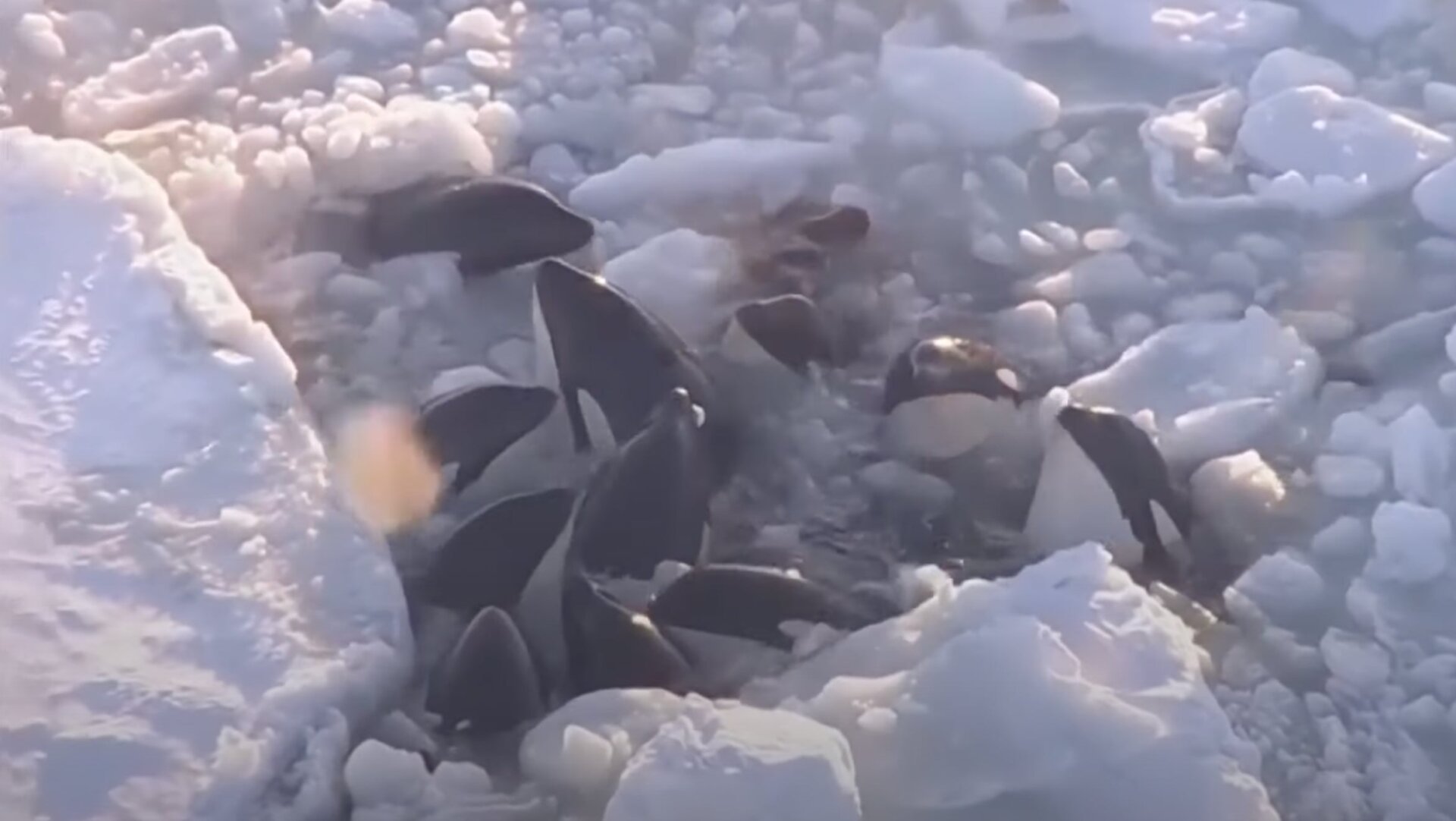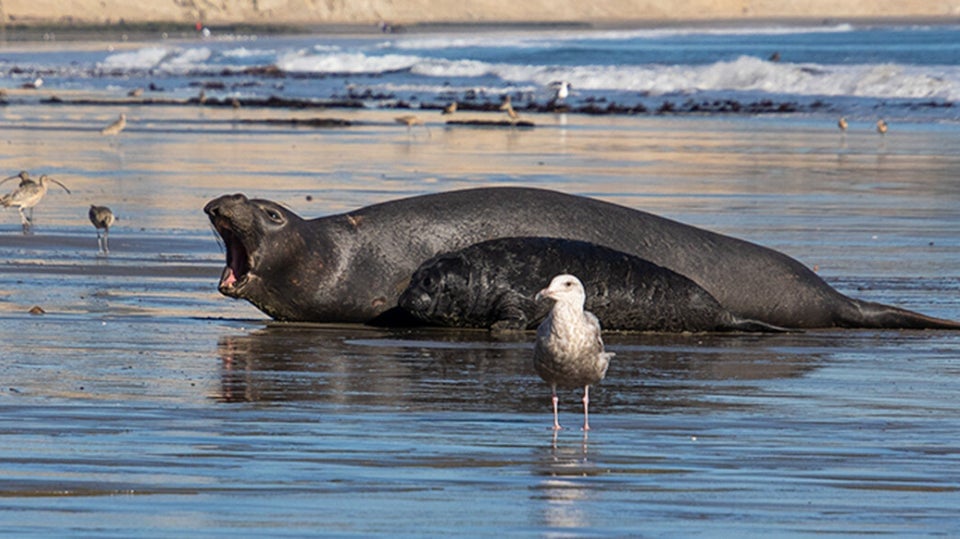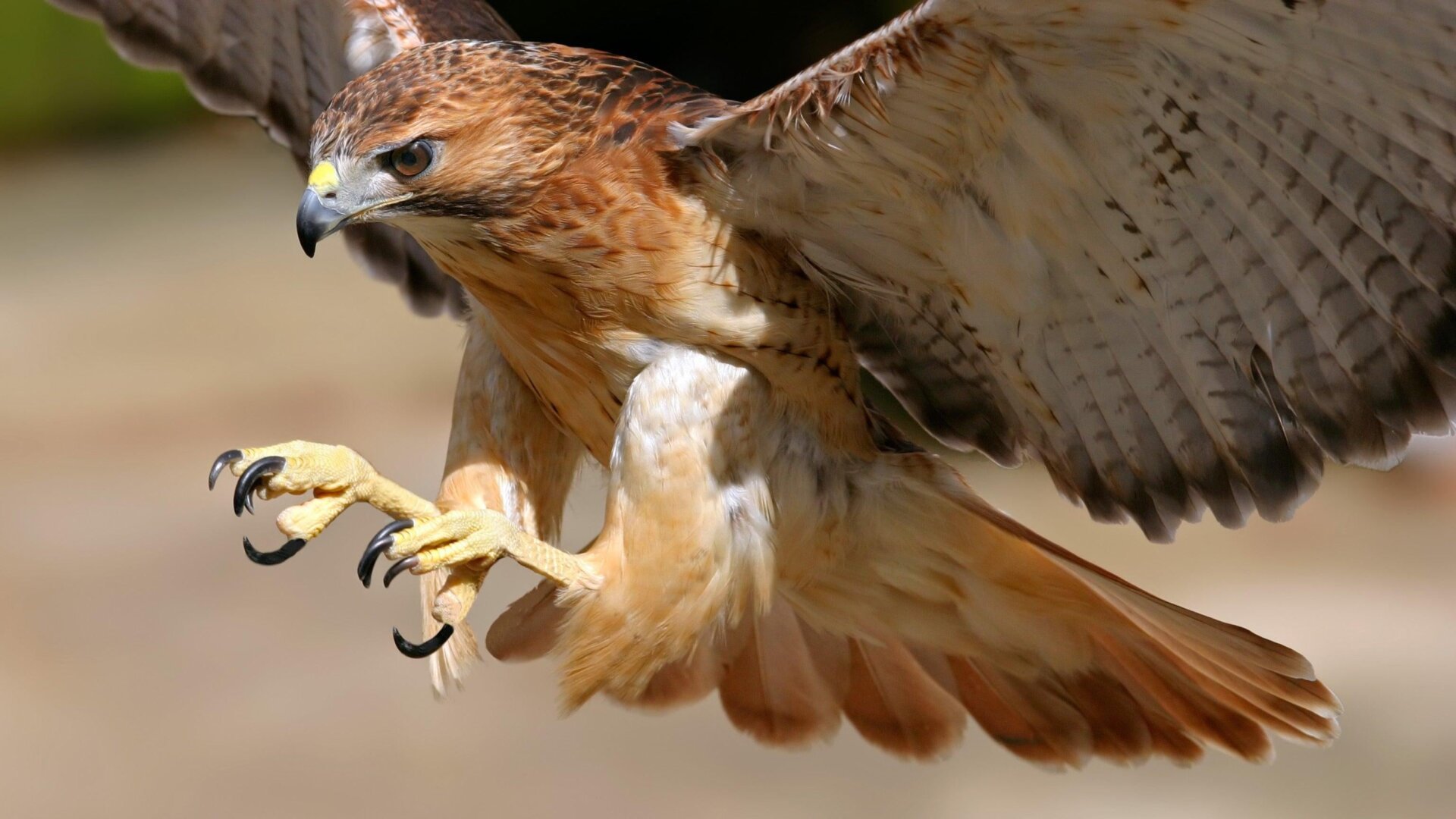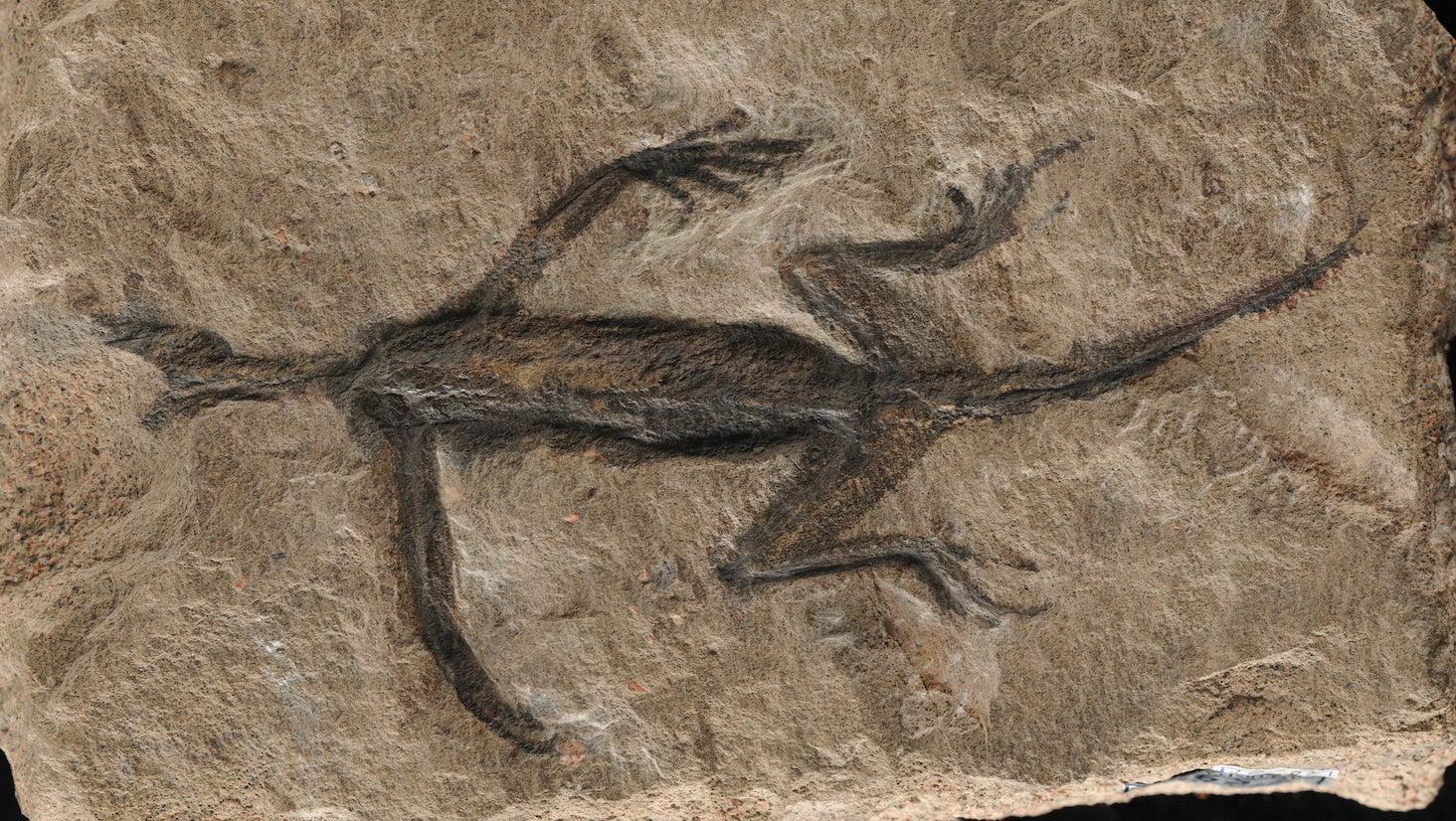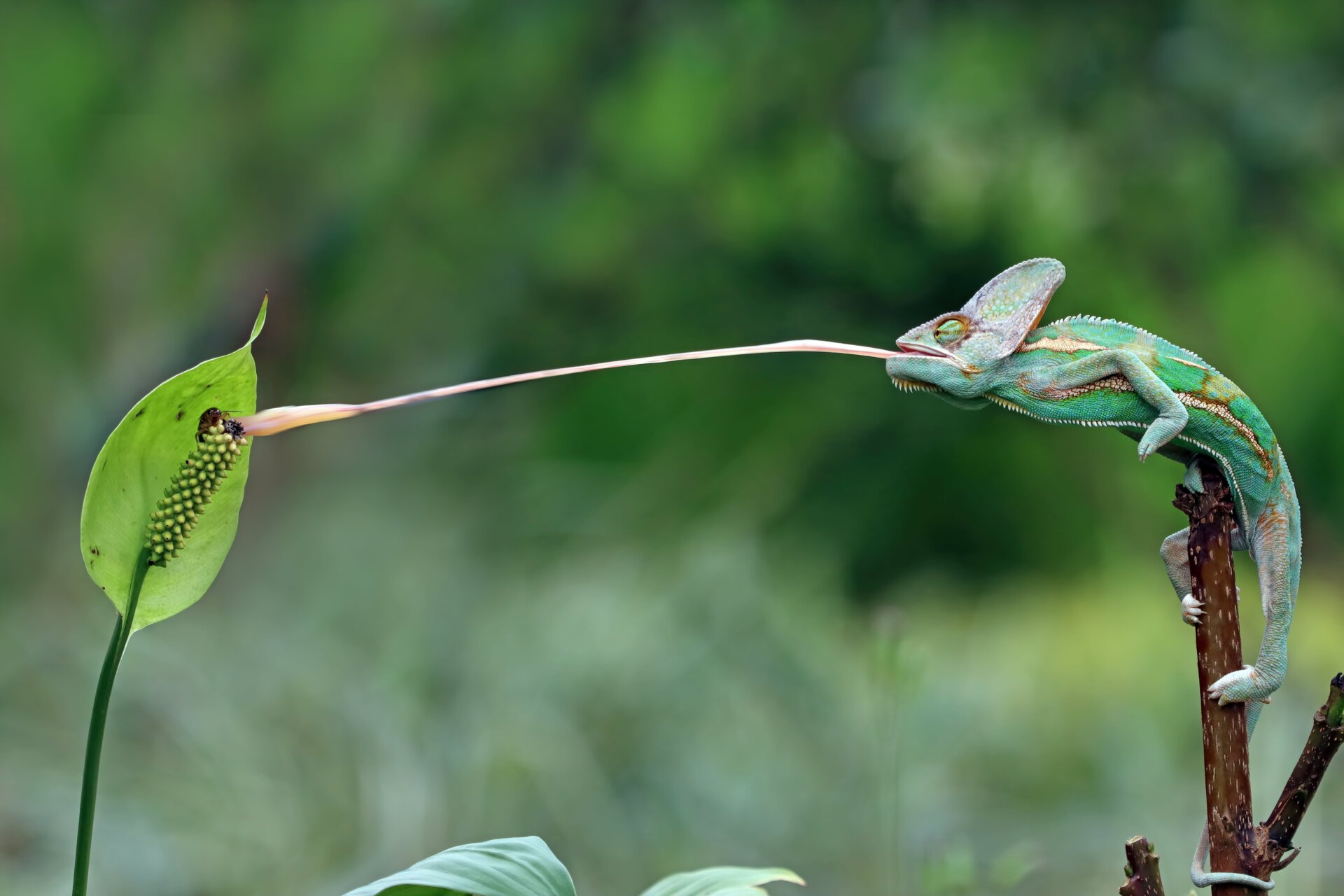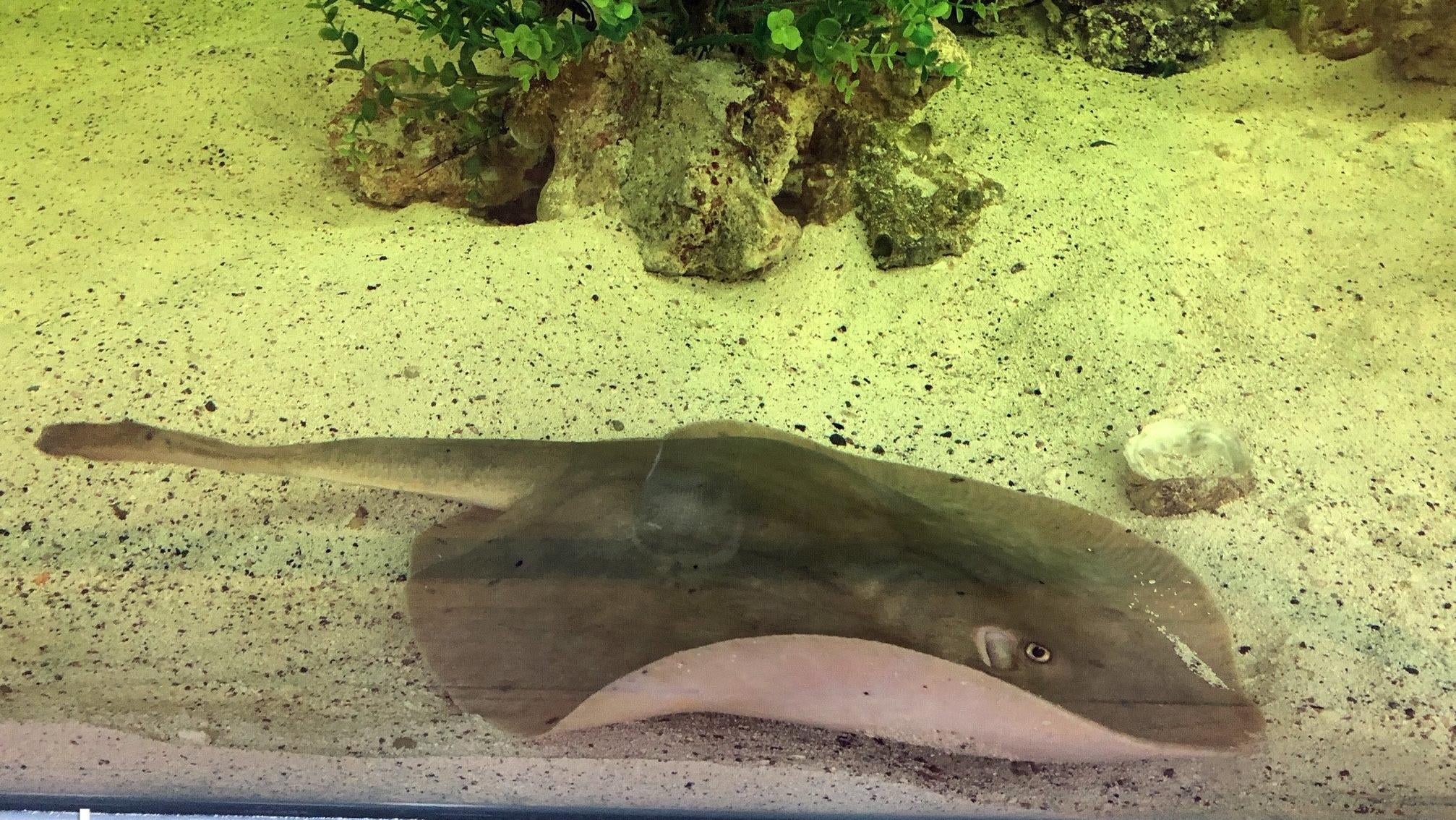A team of researchers has unearthed a 350-million-year-old fossilized tree species in northeastern Canada, resembling something straight out of a Dr. Seuss book. These fossils, among the oldest known trees, were discovered in what was once an ancient lake. The species, named Sanfordiacaulis densifolia, thrived beneath the towering canopy of the ancient forest. These fossils date back to the early Carboniferous period, just a few million years younger than the earliest known fossil trees from the late Devonian period. The exact placement of Sanfordiacaulis on the evolutionary tree remains uncertain, classifying it as incertae sedis, an enigmatic taxa.
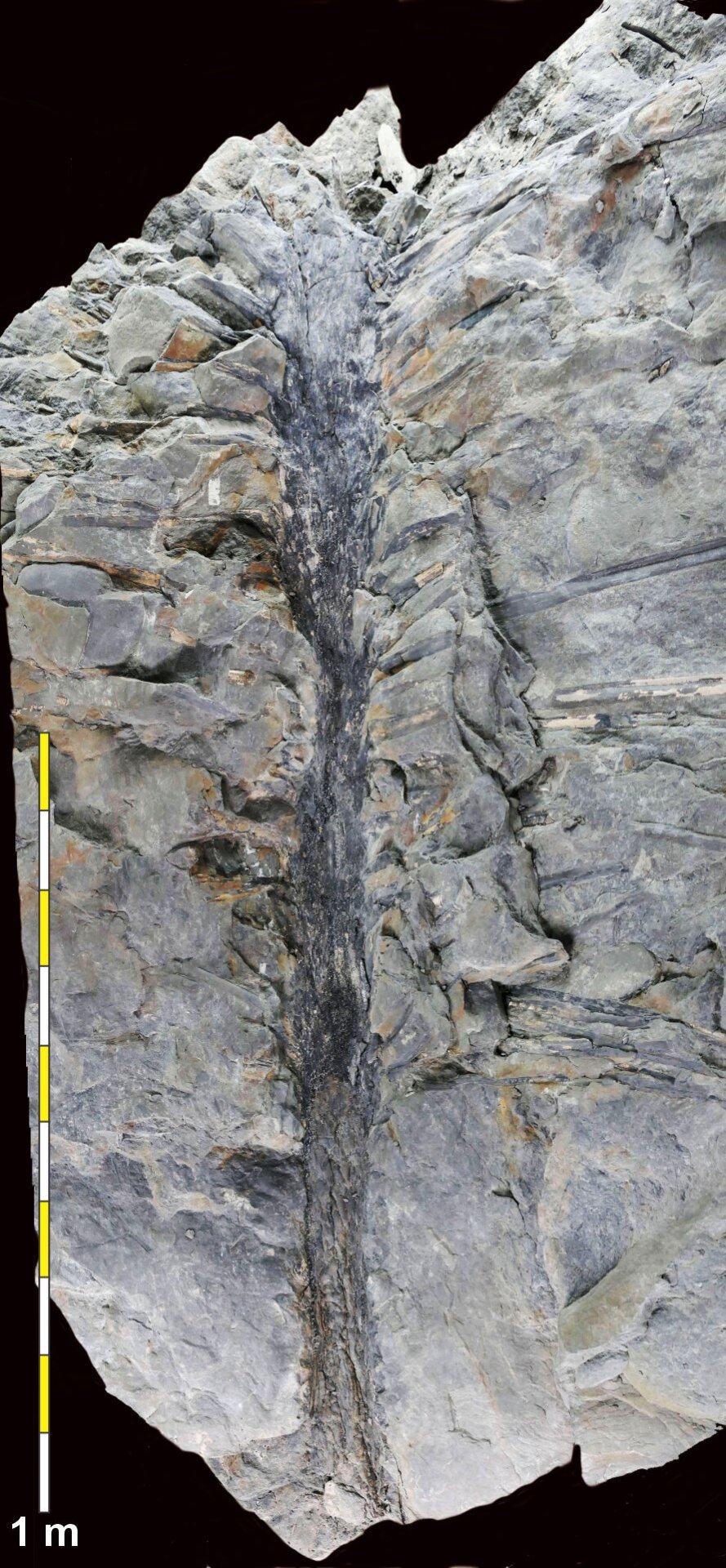 Fossil of Sanfordiacaulis densifolia, a 350-million-year-old tree.
Fossil of Sanfordiacaulis densifolia, a 350-million-year-old tree.
A Unique “Bottle Brush” Structure
Research published in Current Biology details these ancient trees, from leaf to trunk. The study reveals a startling structure. “We estimate that each leaf grew at least another meter before terminating,” explains Robert Gastaldo, a paleontologist at Colby College and the study’s lead author, in a Cell release. “This means the ‘bottle brush’ had a dense canopy of leaves extending at least 5.5 meters (18 feet) around a non-woody trunk only 16 centimeters (0.5 feet) in diameter. Quite remarkable.”
Preservation and Discovery in an Ancient Lakebed
The Sanfordiacaulis trees in New Brunswick were preserved when an earthquake forced foliage at the lake’s edge into the water, pressing them into the lakebed. The recent paper focuses on the most complete of five tree specimens preserved in sandstone and siltstone at the ancient lake site, now a quarry.
 Close-up of the fossilized leaves of Sanfordiacaulis densifolia.
Close-up of the fossilized leaves of Sanfordiacaulis densifolia.
An Evolutionary Experiment
The tree’s unique shape, with a massive canopy disproportionate to its size, suggests Sanfordiacaulis optimized its growth by capturing light from surrounding vegetation. The fossils indicate the tree could support around 250 leaves around its trunk, each stretching almost 6 feet (1.75 meters) outwards. “The history of life on land is filled with plants and animals unlike anything alive today,” Gastaldo states. “Evolutionary mechanisms in the distant past resulted in organisms that thrived for long periods, but their shapes, forms, growth architectures, and life histories followed different paths and strategies. Rare and unusual fossils like the New Brunswick tree exemplify life forms that colonized our planet but ultimately represent unsuccessful evolutionary experiments.”
A Glimpse into Prehistoric Flora
The discovery of Sanfordiacaulis densifolia offers valuable insights into the diverse and often bizarre flora of prehistoric Earth. While Dr. Seuss’s Truffula trees were likely inspired by a cypress tree that fell in 2019, these real-life ancient trees present an even more alien appearance. Their unique structure and growth strategy highlight the remarkable adaptations of early plant life and contribute to our understanding of the evolution of Earth’s ecosystems. Further research is ongoing to uncover more about this fascinating species and its place in the ancient world.



